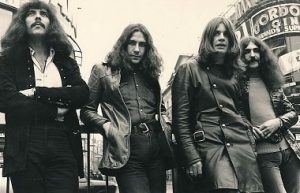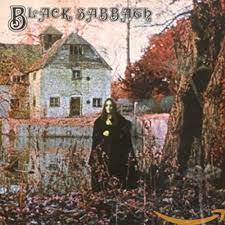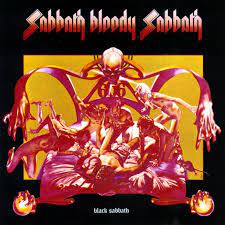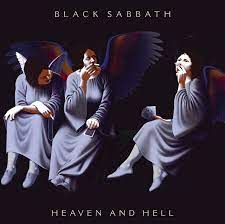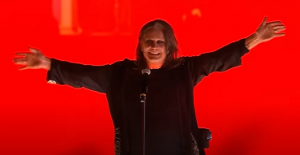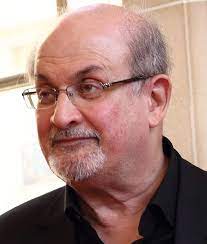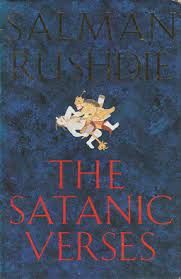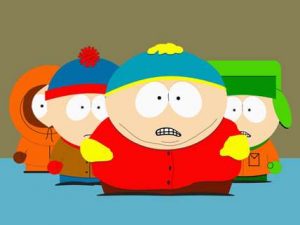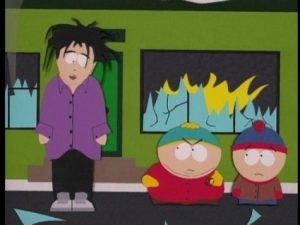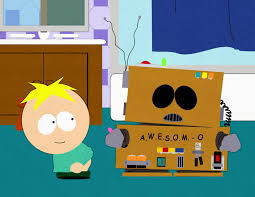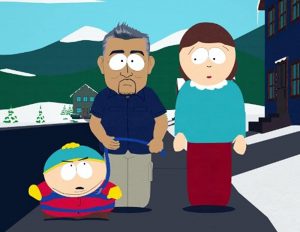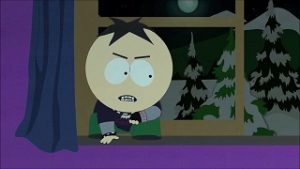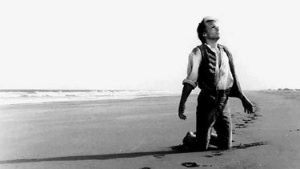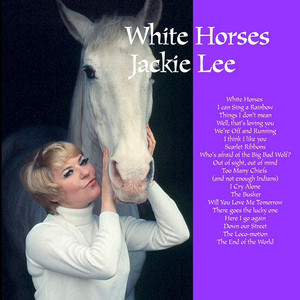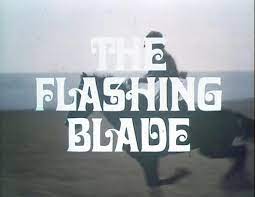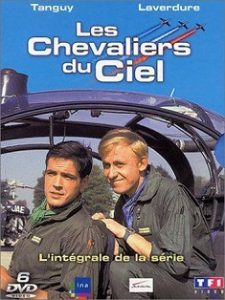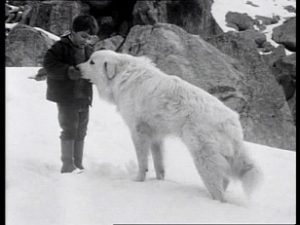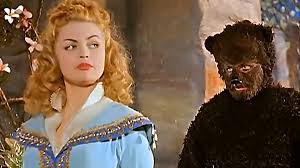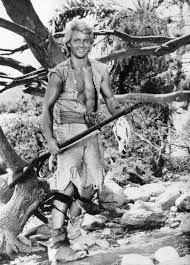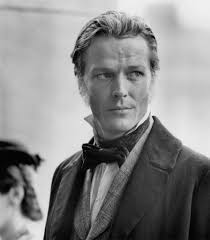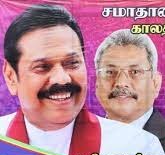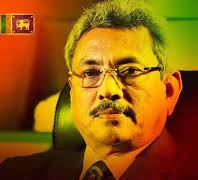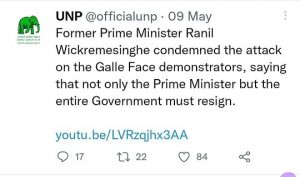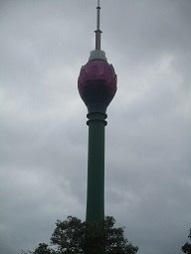
From wikipedia.com / © gov.uk
In a just world, the folk belonging to Britain’s Conservative Party would have been forced into mass exile by now, after foisting upon us the morally rancid Boris Johnson and the three years of lies, corruption, incompetence, embarrassment and disaster he presided over as Prime Minster. They made him party leader and PM in 2019, long after his myriad character defects had become public knowledge.
But instead, the Tory Party members have just elected another leader who will govern Britain from No 10 Downing Street. This is the gimlet-eyed careerist, self-publicist, charisma-vacuum and fifth-rate Margaret Thatcher impersonator that is Liz Truss.
Truss’s ascent to the top has seen many, convenient swerves in policy, belief and principle. From being an atypically-radical Liberal Democrat (at the 1994 Lib Dem conference she called for the abolition of the monarchy, which turned Lib Dem leader Paddy Ashdown into Paddy Meltdown) to being a hard-right Tory (in 2012 she co-authored the notorious treatise Britannia Unchained, which described British workers as ‘the worst idlers in the world’). From being an enthusiastic pro-EU Remainer (before the 2016 Brexit referendum, it looked like the Remain side was heading for victory and Truss wanted to be on the winning side) to being an enthusiastic anti-EU Brexiteer (the Leave side won… Quick, Liz, get on that winning side!) I know it’s an old cliché, but Groucho Marx’s observation, “Those are my principles, and if you don’t like them… Well, I have others,” has never been truer here.
Her victory comes after a summer-long leadership contest that felt as interminable and punishing as Johnson’s premiership did. The eight candidates confirmed on July 12th were less than inspiring. They included far-right, culture-war-obsessed moon-howlers like Kemi Badenoch and the self-aggrandising Suella Braverman. There was Nadhim Zahawi, estimated to be worth between 30 and 100 million pounds, who once claimed nearly 6000 pounds in taxpayers’ money to light and heat the stables on his estate in Warwickshire. And there was Johnson’s former chancellor Rishi Sunak, who makes Zahawi look like a pauper. Sunak and his wife Akshata Murty – reckoned, thanks to her non-domiciled status, to have avoided paying up to 20 million pounds in British tax – allegedly sit on a fortune of 730 million pounds. During the leadership race, a 2011 video was dug up wherein a young Rishi boasted about having friends from all walks of life: “…friends who are aristocrats… friends who are upper-class… friends who are, you know, working class…” Really, Rishi? “Well, not working class.”

From wikipedia.com / © Simon Walker, HM Treasury
Eventually, the field was whittled down to two competitors, Truss and Sunak, and on September 5th, after a soul-destroying two months of never-ending hustings, debates and idiotic ‘I’m-more-anti-woke-than-you-are!’-type bickering, the results of the party-membership vote were announced. It worked against Sunak that, by resigning as chancellor in early July, he helped set off the events that led to Johnson’s downfall. Thus, he was regarded by many (obviously dementia-stricken) Tory members as the Judas who’d done for their beloved Boris. And while I’m absolutely not implying that anyone in the Conservative Party is racist, there’s a teensy-weensy possibility that perhaps, just perhaps, Sunak’s ethnicity might not have worked in his favour either.
Mind you, Truss didn’t win by the landslide that many people had expected. She secured just 47% of the support of those eligible to vote. Amusingly, days earlier, there’d been speculation that as PM she’d change the rules of any future referendum on Scottish independence, making it compulsory for the pro-independence side to get the support of half of all eligible voters to win – anyone not bothering to vote would be automatically counted as a ‘no’. If she’d applied that goalpost-shifting rule to her own leadership election, she’d have lost.
Now Prime Minister Truss has announced her new cabinet. Looking at the, er, talent that’s featured in the cabinet, the future for Britain – beset by a cost-of-living crisis, energy crisis, war-in-Ukraine crisis, Brexit crisis and climate change crisis – looks bleak indeed. Appointees include Braverman as Home Secretary, a post previously held by the demented Priti Patel, though Braverman has the potential to make Patel look like a bleeding-heart liberal in retrospect. She’s expected to take Britain out of the European Convention on Human Rights, whose founders in 1948 included that pathetic, woke snowflake Winston Churchill. Indulging in brazen, lefty virtue-signalling, Churchill declared, “In the centre of our movement stands the idea of a Charter of Human Rights, guarded by freedom and sustained by law.” This will enable Braverman to get on with the business started by Patel of sticking newly-arrived asylum seekers on planes and flying them out to Rwanda for ‘processing’.
Elsewhere, getting the portfolio of Business, Energy and Industrial Strategy is the cobwebbed, monocled, top-hatted Jacob Rees-Mogg, surely history’s most Dickensian villain not actually devised by Charles Dickens. In the past, Rees-Mogg, whose fund-management company Somerset Capital Investment puts money into oil extraction and coal mining, has vowed to squeeze ‘every last cubic inch of gas’ out of the North Sea; called fracking ‘an interesting opportunity’ and likened its damaging geological effects to ‘a rock fall in a disused coal mine’; deliberately misrepresented the Intergovernmental Panel on Climate Change to back his claims that efforts to combat climate change are ‘unrealistic’ and ‘unaffordable’; and, yes, blamed offshore windfarms for the rising cost of fish and chips. With him in position, the likelihood of Britain honouring its pledge to achieve net zero greenhouse-gas emissions by 2050 is about as great as the likelihood that the famously stuck-up, affected and pompous Rees-Mogg has ever tasted fish and chips.

From wikipedia.com / © Cantab12
Meanwhile, casting a rotund shadow over everything is Boris Johnson, who hasn’t gone away. It’s widely assumed that Johnson and his followers – in Trumpian feats of delusion and reality-denial – believe that the British public still love him. Also, they believe it’s only a matter of time before Truss slips up and Johnson, ‘a prince across the water’ like a not-so-bonnie Bonnie Prince Charlie, will return to the fray, become PM again, save the Conservative Party and save the country. I imagine Johnson and co. are already conspiring to facilitate Truss’s slipping-up, and sooner rather than later.
To conclude on a Scottish note… On September 5th, in her painfully inept victory speech, Truss paid tribute to Johnson by claiming he was ‘admired from Kiev to Carlisle’. This was meant to elicit a round of applause from the audience, but Truss was so flat of tone and lifeless of gaze that the audience didn’t get their cue and several moments of tumbleweed-infested silence ensued. Carlisle is the most northerly town in England, which suggests that for once Truss had got something right. Beyond Carlisle is Scotland and no one there can stand the sight of Johnson – not even the Scottish Tories.
And the next morning, in Boris Johnson’s farewell speech as PM, when he wasn’t comparing himself to Cincinnatus (the Roman statesman who retired from office to lead a quiet life on his farm but then, when duty called, returned to Rome to lead again – as a dictator, though Johnson didn’t mention that bit), he compared himself to a booster rocket: “Let me say that I am now like one of those booster rockets that has fulfilled its function and I will now be gently re-entering the atmosphere and splashing down invisibly in some remote and obscure corner of the Pacific.”
Boris Johnson calls himself a rocket? At last, he’s said something that people in Scotland would agree with. He’s a rocket.




